Trump’s Visit to Western North Carolina Returns the Spotlight to a Region Devastated by Hurricane Helene, Now Freezing Cold
As the wildfires in Southern California continue to dominate the headlines, those struck by Hurricane Helene in North Carolina months ago are still struggling to piece together the basics of life.
President Trump’s tour of western North Carolina on Friday returned a much-needed spotlight to devastated mountain communities where, four months since Hurricane Helene, thousands still lack basic necessities, a means to make money and an adequate roof over their heads. To add to their misery, temperatures in the last week have dropped into the single digits, with high winds making it feel even colder.
“It is beautiful here in the summer, but the winters are brutal. The main roads have been cleared, but some secondary roads and driveways are still being cleared,” Kelly McCoy, the co-owner of the Helene-destroyed River Girl Fishing Company recreation center and the Emergency Medical Services Captain at the Volunteer Fire Department at Todd, North Carolina, tells the Sun.
“It’s going to take years to get everything back to normal,” she said. “The focus right now is just getting the area to a base level where things aren’t dangerous. People are clearing debris from the trees and along the roads, but it’s a long process.”
During his brief visit on Friday, Trump attended a storm recovery briefing in Fletcher, which is near the Asheville airport, where Air Force One landed. He also visited storm victims in the town of Swannoa, east of Asheville, which was badly hit. During his visit, Trump floated the idea of getting rid of of the Federal Emergency Management Agency, or FEMA, and blamed the Biden Administration for neglecting North Carolina.
More support from the federal government will be welcome across North Carolina’s mountainous west. Matthew Martin, a resident of Woodfin, another town on the outskirts of hard-hit Asheville, tells the Sun that the community struggles with day-to-day inconveniences, including significantly longer commutes due to road closures. He also says that the cost of living has shot up exponentially as businesses close, tourism dips to an unprecedented low, workers move away, and insurance costs rise. Martin says that life in the frigid winter is almost unbearable for those below the poverty line.

“For a lot of folks—especially in the more rural areas—who were already barely getting by, it’s been devastating,” he said. “Many lost their shelters and are now living in tents or, if they’re lucky, donated campers from churches or aid organizations. But the people receiving that kind of help are only a small fraction of those in need.”
Mr. Martin predicted that some parts of Asheville – where Trump landed on Friday – will take more than a decade to resemble what it was before Helene’s landfall.
Red Tape Aftermath
Hurricane Helene, the third most devastating hurricane in modern American history, ravaged multiple states in late September, claiming over 200 lives—half of them in North Carolina—and displacing hundreds of thousands. The storm destroyed more than 125,000 homes, including 70,000 in North Carolina, many of which were uninsured, and left entire communities without power amid freezing temperatures.
Asheville and Western North Carolina, where nearly a third of the fatalities occurred, now face a long and difficult path to recovery. Asheville, a mountain resort city ringed by wealthy towns and gated golf communities, has significant resources to draw on for its recovery. But just outside Asheville are some of the poorest communities in Appalachia, and overall, Helene’s economic toll is staggering, with over $50 billion in losses. Asheville alone suffered $1 billion in infrastructure damage, and the region saw a $500 million drop in revenue from tourism, one of its biggest industries year-round. The storm also wreaked havoc on the natural landscapes, damaging one-fifth of the Nantahala and Pisgah national forests – notoriously impenetrable, ancient wilderness that’s now blighted by miles of landslides and toppled trees..

Months on, volunteers continue to work tirelessly to rebuild crumbled homes and washed-out roads, But dwindling resources and manpower make progress increasingly difficult. Local economies are reeling, businesses have shuttered, and families remain in shelters. With damage assessments still underway and many people missing, the full scale of Helene’s impact continues to unfold.
Mr. Martin chokes up when he speaks of the victims, and the families still waiting for closure on the fate of their missing loved ones.
“We have accepted that those missing are gone,” he said, emphasizing how many locals over the past months have had to contend with the trauma of body parts washing up.
Amplifying the turmoil, insurance companies are redefining flood zones, pricing many families out of their homes. Disaster relief funds and Small Business Administration loans trickle in too slowly to meaningfully aid recovery. The storm worsened an already growing homelessness crisis, leaving many at risk of eviction as federal housing aid nears expiration in the harsh winter months.
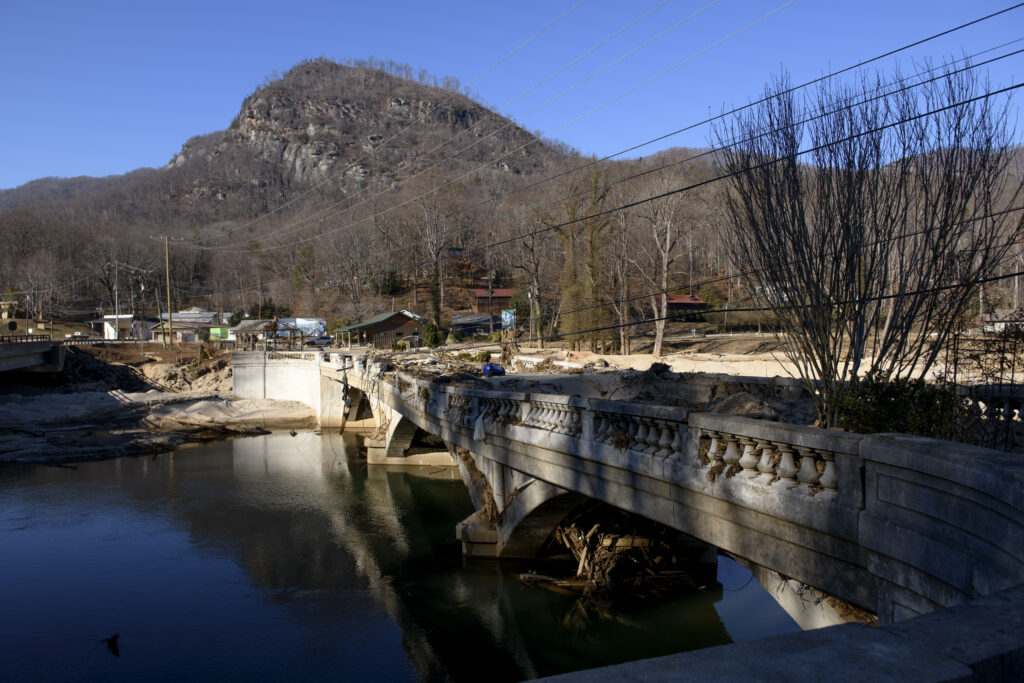
Ms. McCoy’s Rive Girl partner, Renata Dos Santos, tells the Sun that she has been dealing with a wide array of issues to get their business back on its feet; while their insurance company has been especially helpful, dealing with the government is a frustrating process, she can only take “one day at a time.”
“It’s not smooth. It’s not so much who you know but who you talk to. The counties are in the process of rezoning the floodplains, which is understandable, but there should be some give and take. Some inspectors are very strict and say you have to do X, Y, and Z to meet the commercial grade, which puts it out of financial reach for a lot of people,” she explained.
“A lot of folks don’t have flood insurance, so they’re having to pay out of pocket. It’s not just about rebuilding structures but rebuilding lives. Some people haven’t been able to get their jobs back.”
On the flip side, Ms. Dos Santos highlighted that some inspectors are sympathetic and try to find a way to make it work.
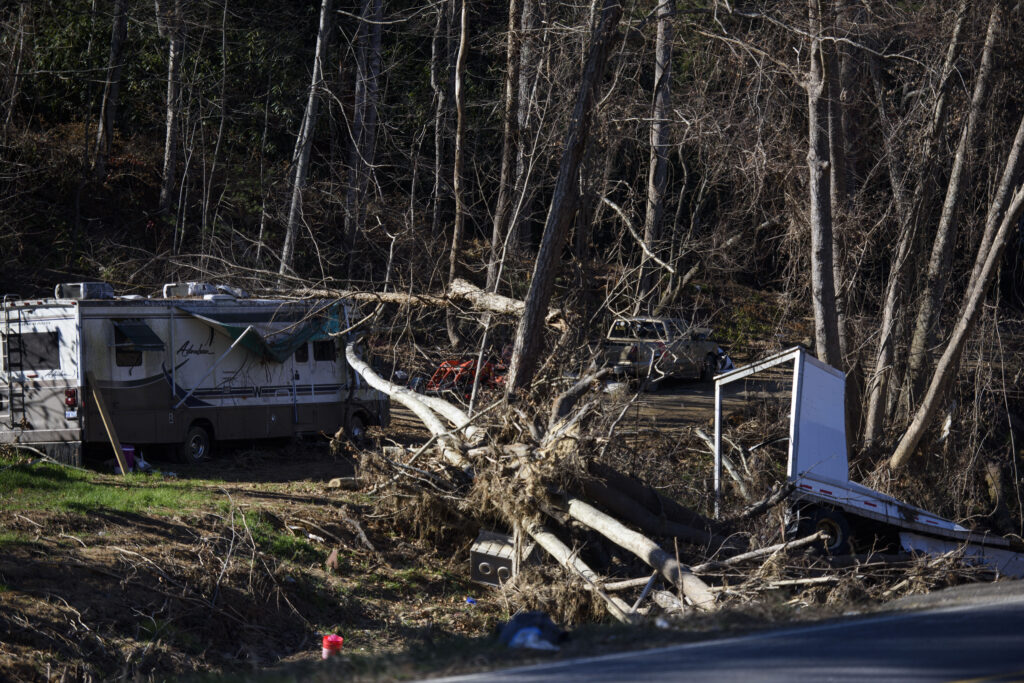
“I see both sides, but it’s a thousand-year flood, so hopefully it won’t happen again soon,” she said. “Still, they want to ensure people are protected if it does.”
Meanwhile, the Federal Emergency Management Agency’s Transitional Sheltering Assistance program, initially set to end on January 12, was extended for some until January 25. Many displaced families still await inspections and are struggling to rebuild. Some in temporary hotels say they need more time, while others claim the agency’s aid never arrived as promised, citing struggles with the online forms and communication.
Ms. McCoy said many have been moving from hotels into campers, mainly with help from the Amish community in Pennsylvania, who have been moving from community to community, building anywhere from 12 to 50 tiny homes a day for those impacted.
“The effort has shifted from not having electricity or a place to stay to now focusing on keeping people warm or moving them out of the mountains,” she continued.
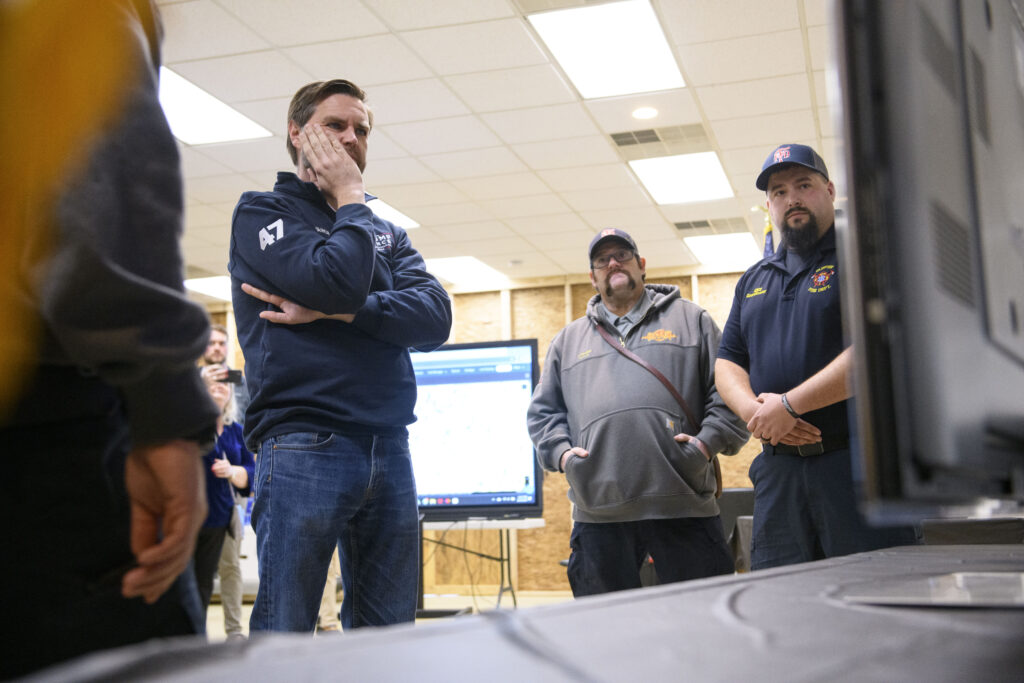
A Federal Emergency Management Agency statement declared that, as of January 6, the agency had completed 98 percent of inspection requests, averaging a four to five-a-day turnaround. The Transportation Security Administration program was extended through the holidays to allow more time for inspections, repairs, and securing long-term housing.
Nearly 13,000 North Carolina households used TSA, with 7,000 already checking out. Currently, over 5,600 households remain in hotels funded by the Federal Emergency Management Agency; however, 3,500 are ineligible due to declined inspections, inability to be contacted, or homes deemed habitable.
Mr. Martin concurred that his own insurance company took care of his damages quickly, but the federal responses have waned even though there is still a great deal of work left to be done.
“It was strong in the beginning. The National Guard was here for a long time, delivering water to hard-to-reach places, repairing roads and bridges, and setting up temporary infrastructure. The cleanup phase is ongoing, though, and that can be frustrating because it adds delays to daily life,” he explained.
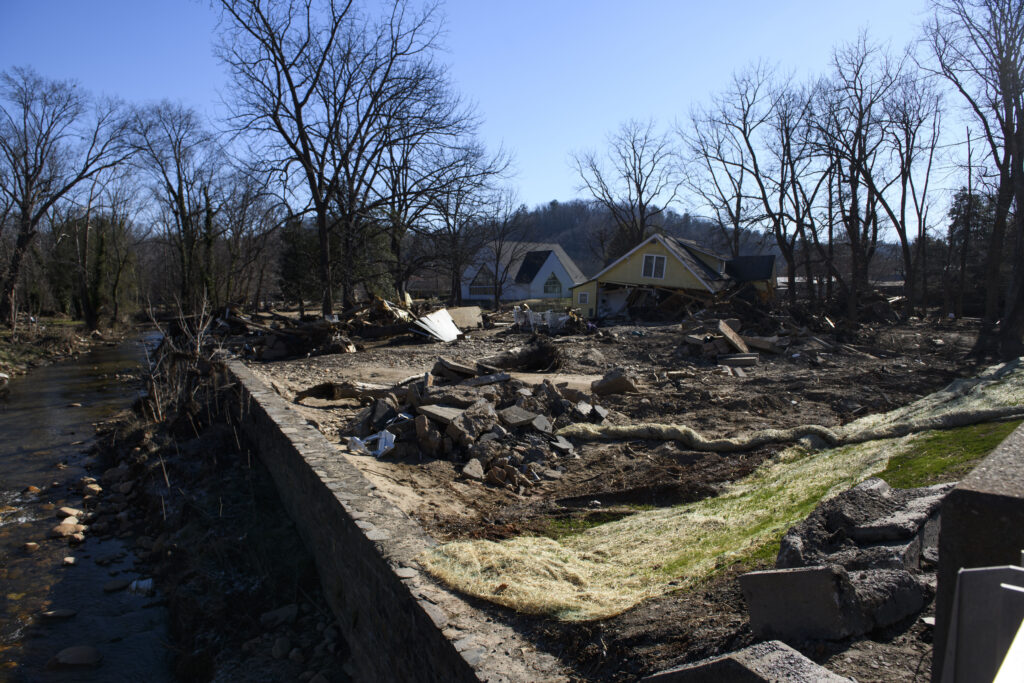
“Local and state governments are involved, too, but the sheer amount of debris—especially in the rivers and hills—is overwhelming. It’ll take years to recover fully.”
Ripple Effect of Struggles
For many storm survivors, the biggest battle is trying to find or maintain an income while having next to nothing to their names. People still have to keep up with rent and mortgage payments despite having no home to go to, and families have to re-configure how to get their children to school amid devastated roads and infrastructure.
Childcare providers are encountering difficulties reopening, with regulations blocking emergency solutions, forcing families to find temporary alternatives like nanny-shares.
Farmers across the state also face devastating losses, with entire fields submerged, crops destroyed, and greenhouses washed away. Floodwaters left behind toxic soil and sediment, requiring costly removal before replanting. The damage threatens long-term soil health, depleting essential nutrients and stunting future harvests. With no crops and no income, many farmers rely on grants, loans, and mutual aid to survive an uncertain future.
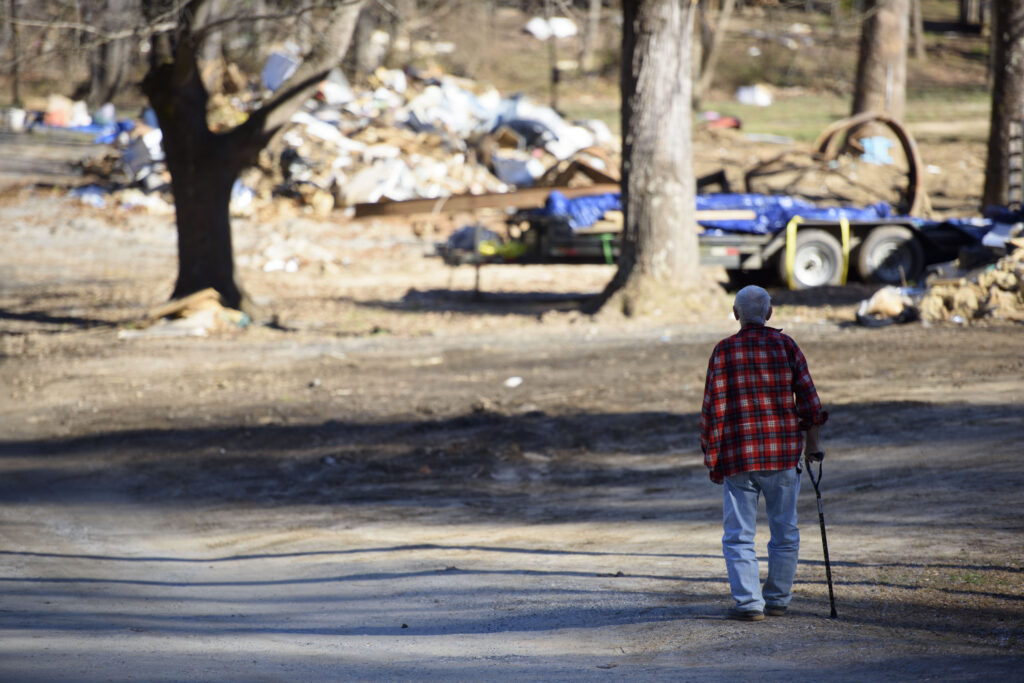
While the physical destruction is evident, locals warn of an unseen crisis unfolding in Helene’s aftermath—a slow-moving mental health emergency that experts say could persist for years. Research indicates that 20-40 percent of survivors may develop post-traumatic stress, often peaking months or even years after the disaster.
With many still lacking necessities like food and shelter, accessing adequate mental health care is a steep challenge. Displacement, uncertainty, and even a shaken trust in the land itself have deepened the trauma.
“Many people, even those who didn’t experience direct damage, are dealing with survivor’s guilt,” Ms. Dos Santos noted. “One friend, whose house was fine, said she’s had constant anxiety since the storm. Everyone gets on edge whenever it rains or the wind blows.”
Silver Linings in Crisis
The silver lining in this tragedy is the unwavering support from local community members and strangers from afar, who continue to dedicate their time and resources to help those in urgent need. Mr. Martin praised Americans, pointing out that “people come together in ways you wouldn’t expect.”
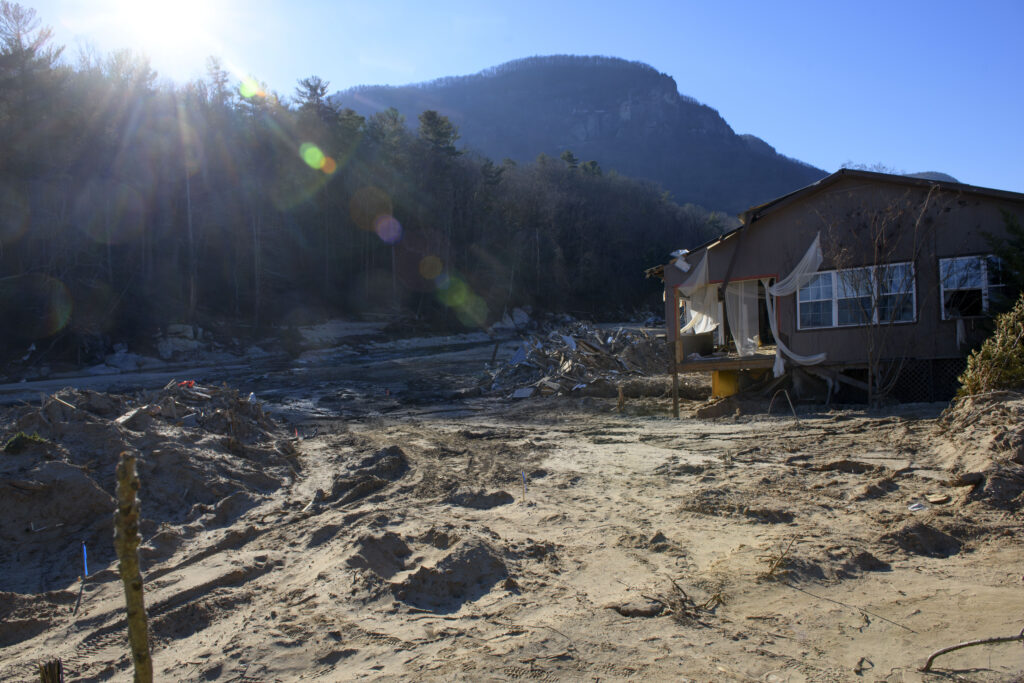
“Volunteers are still showing up, helping however they can,” he said. “It’s inspiring.”
Ms. McCoy also highlighted the incredible level of “kindness” in the community.
“People have been organizing cleanup efforts, especially along the river,” Ms. McCoy continued. “For the most part, everyone is just focused on doing what they can.”
Locals and supporters from across the state continue to donate major appliances – from washers and dryers to refrigerators, to those trying to bring their homes back to life after flood waters ruined almost all the contents inside.
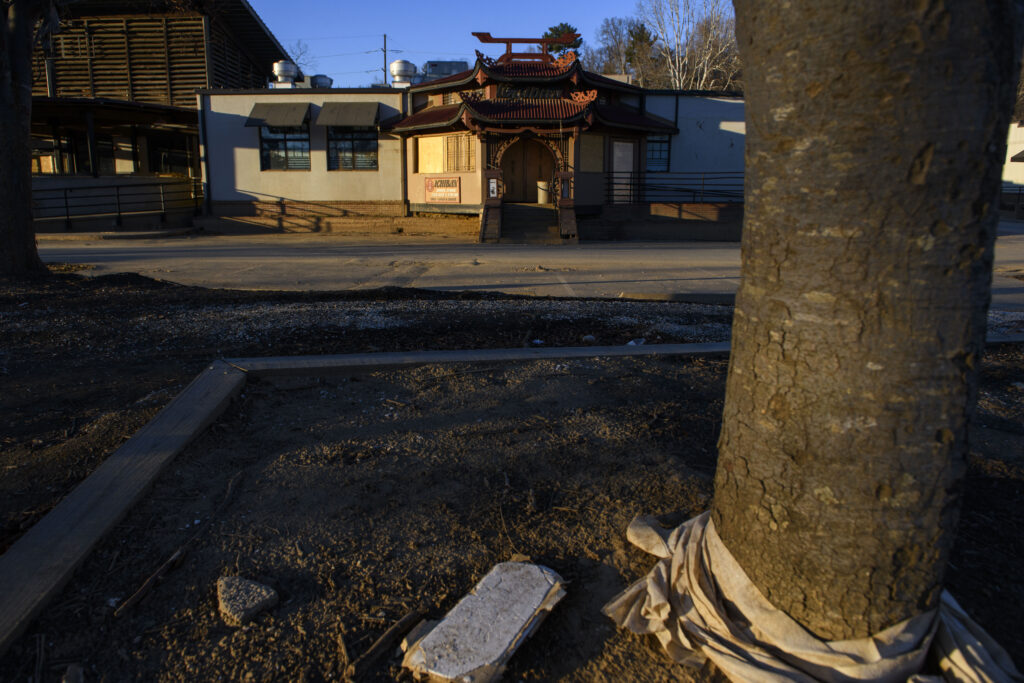
Ms. McCoy and Ms. Dos Santos have also established the Todd Hurricane Relief Fund, seeking donations for long-term recovery efforts, including drywall, roofing, driveway repairs, and fuel assistance for all affected people and businesses, irrespective of income. They also intend to reopen the destroyed River Girl, a two-decade-old educational ecotourism sanctuary, at the beginning of April for the regular season.
“We need to raise more money to replace some equipment like inner tubes and bicycles, but people have been donating used boats and kayaks,” Ms. McCoy said. “It’s incredible how many people are coming together to help out. It’s tough, but people are resilient.”
https://www.nysun.com/article/trumps-visit-to-western-north-carolina-returns-the-spotlight-to-a-region-still-devastated-by-hurricane-helene-now-freezing-cold





Post a Comment